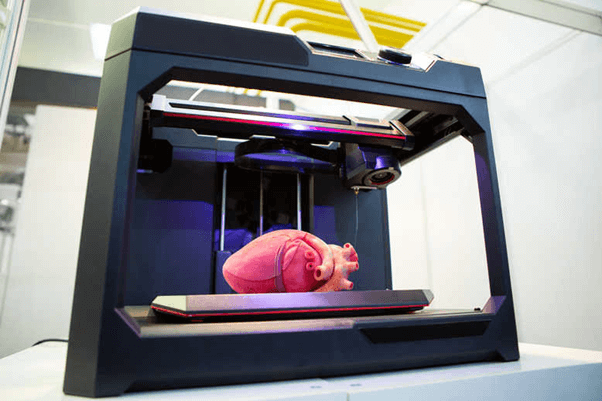The printing world is quickly evolving into a revolutionary industry that serves several customers on the market. That is why most of the customers are inclined towards investing in modern printing techniques. Today, there are different types of printers and printing systems. For instance, there are LCD vs. DLP printing, which seems to be taking over the sector. So in this blog post, we strive to explain the nature of these two types of printing ideas. We focus more on the differences and similarities as well. Let us begin with our focus on LCD-002R, shall we?
Photocentric printing is also known as LCD 3d printing. Then there is the DLP printing, which seems to be giving the later a run for its money. Before we dwell into the main differences, let us define resin 3D printing. We should also discuss how DLP as well as LCD function.

Resin 3D printing refers to a tech device and formula that applies 3D printers via stereolithography, especially when it comes to significant light processing. The idea is becoming more popular and has gained traction on the market. Resin-based printing is more affordable compared to other forms of printing. DPL printers are also becoming common. Therefore, prosumer-level options such as the Prusa coupled with SL1, are on the market to help serve the people too.
The resin 3D printing, which is also identified as the vat polymerization, has three main categories: they include:
- LCD – The LCD printer refers to a primary common type of printer. It resembles a laser printer in many ways. But rather than using the laser to create the image, in LCD printing, you will realize that the printer shines a viable light via a crystal panel. The panel, in this case, it allows or blocks light from passing. That way, an image filled with dots will be formed. At the same time, the liquid crystal printer plays an integral part in producing high-quality printed materials.
- DLP-As the name suggests, DLP printing refers to a projector that helps in creating a viable image of different layers. This is usually acquired by shinning a direct light into the base of the resin. The DLP projector needs to regularly expand from a very minute source in order to cover a vast and significant area altogether.

To picture this effect and impact, you need to think of the image of a photo you may have taken on the smartphone. And then imagine yourself zooming into the image. Check its sharpness as it declines. It is critical for you as a prospect user to remember that distortion can be corrected for different professional devices. But this does not really mean that DLP printing is usually of poor quality.
Take-Home
The DLP printing machine is more than just a primary device. It can help its users in making calls, sending emails, as well as playing the music. You should also be in a position to take pictures using this device. If you are still wondering whether it is the right investment to make, then wonder no more because, from the look of things, it is.
